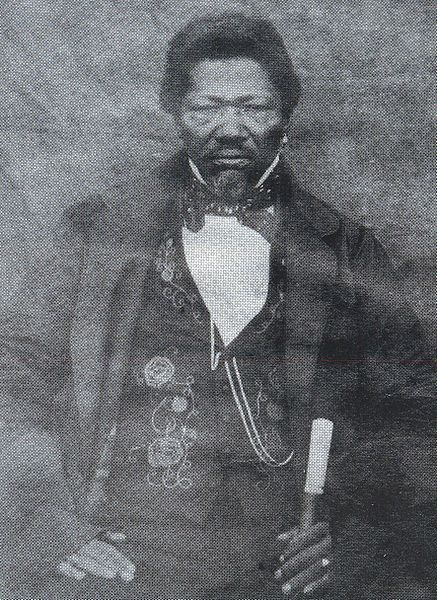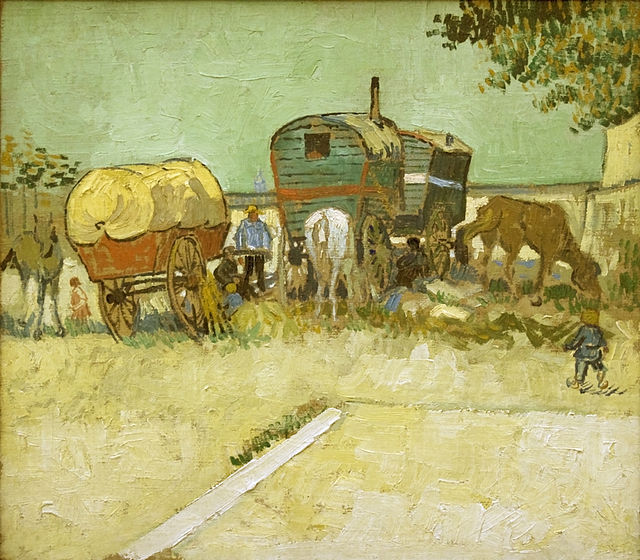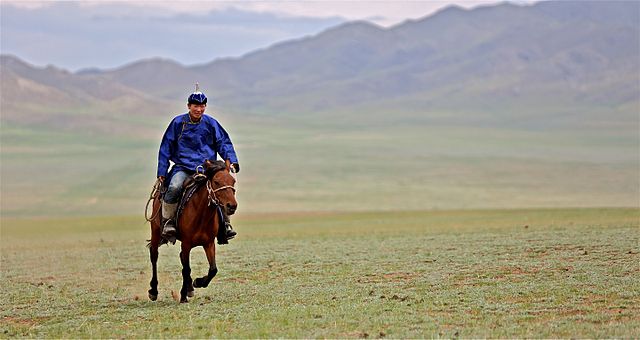Khoekhoe /ˈkɔɪkɔɪ/ KOY-koy are the traditionally nomadic pastoralist indigenous population of South Africa. They are often grouped with the hunter-gatherer San peoples. The designation "Khoekhoe" is actually a kare or praise address, not an ethnic endonym, but it has been used in the literature as an ethnic term for Khoe-speaking peoples of Southern Africa, particularly pastoralist groups, such as the !Ora, !Gona, Nama, Xiri and ǂNūkhoe nations. The Khokhoe were once known as Hottentots, a term now considered offensive.
Nomadic Khoekhoe dismantling their huts, by Samuel Daniell (1805)
A Khoekhoe man
Adam Kok, leader of the Griqua nation
Khoekua marksmen played a key role in the Cape Frontier Wars
Nomads are communities without fixed habitation who regularly move to and from areas. Such groups include hunter-gatherers, pastoral nomads, tinkers and trader nomads. In the twentieth century, the population of nomadic pastoral tribes slowly decreased, reaching an estimated 30–40 million nomads in the world as of 1995.
A painting by Vincent van Gogh depicting a caravan of nomadic Roma
Roma mother and child
Nomads on the Changtang, Ladakh
Rider in Mongolia, 2012. While nomadic life is less common in modern times, the horse remains a national symbol in Mongolia.








